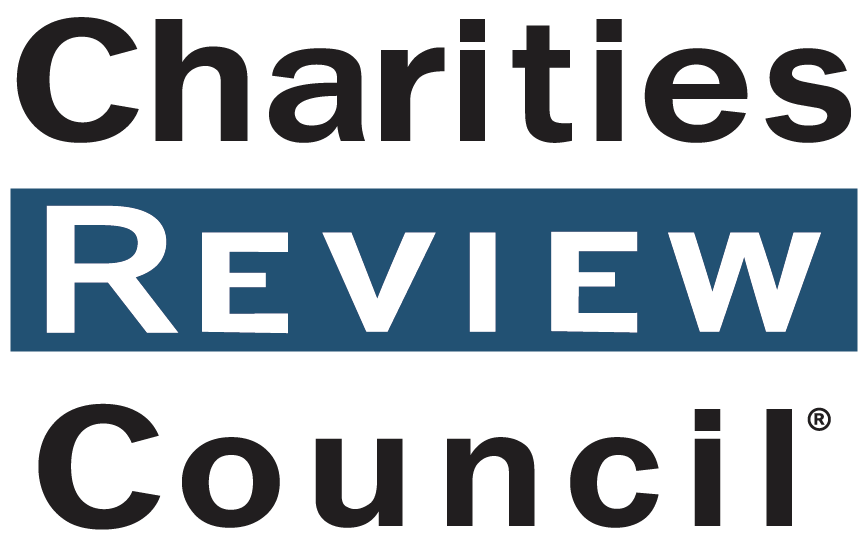If you’re like the staff at Charities Review Council, you have been overwhelmed with news about the Ice Bucket Challenge.
You care about giving, and are fascinated by the way it’s evolving in our increasingly connected world. You’ve seen video after video on your Facebook news feed of people being drenched. Now that the phenomenon is slowing down, article upon article are written about what the Ice Bucket Challenge means to society, charities and the future of viral marketing. Personally, I’ve passed by all of these bits of ‘Bucket’ wisdom until our Executive Director, Kris Kewitsch, sat me down and explained it all – no frills, fluff or ice included.
Kris Kewitsch first told me to read the article by Dan Pallotta, The Ice Bucket Challenge Won’t Solve Charities Biggest Problem. What was the biggest problem? Engagement.
Pallotta relayed that charitable giving has only been 2% of our GDP for the past 40 years, and only about $50 million of that goes to health and human services causes like ALS. In comparison, Pallotta relayed the daily revenues of two popular brands, “Apple sells $465 million worth of iStuff every single day. And Anheuser Bush sells $40 million worth of beer daily.”
Pallotta also brought up the general public’s worry that their gifts might be spent inefficiently. “We are inherently averse to seeing humanitarian organizations spend money on anything other than “the cause,” Pallotta says, and the cause in most people’s minds is only the research.
The biggest takeaway is that we need to redefine the ‘cause’.
Viral marketing campaigns that bring mass awareness, like the Ice Bucket Challenge, don’t happen everyday, but real strategic marketing and fundraising ones do, and they need money to persist as well.
Kris had the same sentiments; she thinks the Ice Bucket Challenge is “an awesome way to get first time givers into the equation.” But the problem is that most givers “are only giving because of the relationship with the friend or family member that challenged them, not the relationship with the disease or organization.” The trick will be to turn transactional givers (those that write a check, tip a bucket, and then are done) into relational givers (those that have a deep, ongoing connection to the charity’s mission).

Charities Review Council works to create spaces, places and tools to create those sorts of relationships, (like the workshop pictured above). Our Standards® are the “frame to establish the relationship”, and for the donor, Kris explained, those Standards “give you what you need to know to go deep.” The standards allow for a meaningful and transparent relationship to develop so that the public can find a mission that speaks to them personally and that they can connect with their time, talent and treasure.
The Ice Bucket Challenge showed us how much fun giving can be. Now we need to realize that charities are businesses too, they need working budgets and people that connect with their mission in the same way that consumers connect with products. Our Annual Forum 2014: Disruptive Philanthropy is one step in re-imagining what giving looks like and we hope it will build on the excitement started by the Ice Bucket Challenge.


